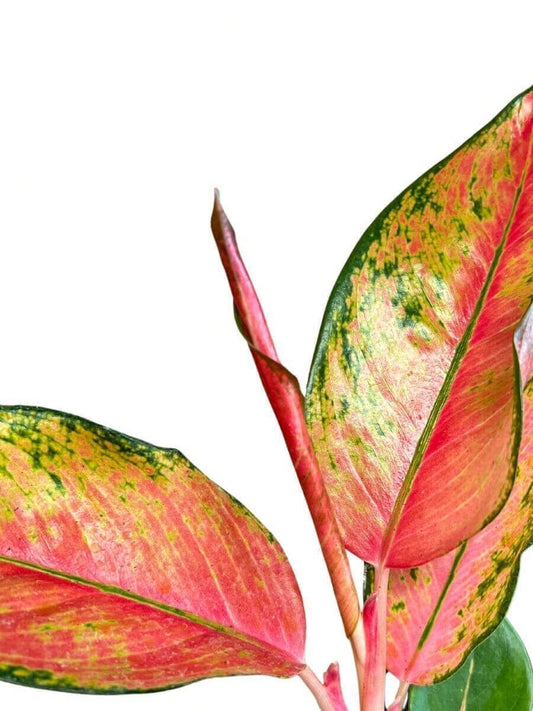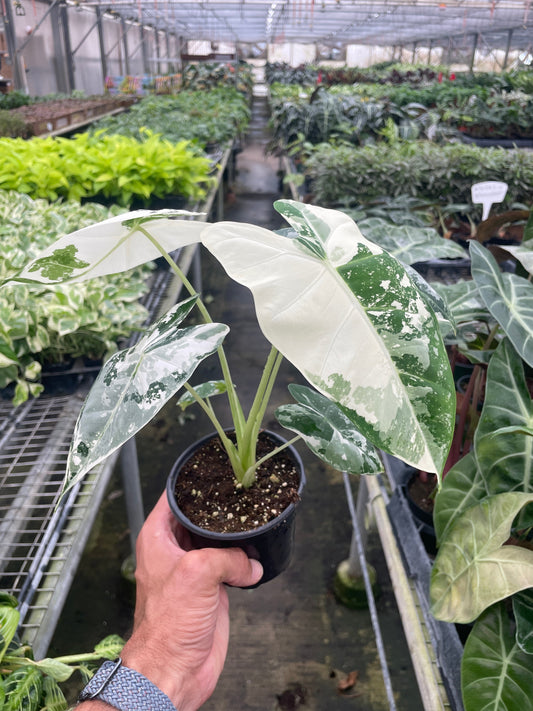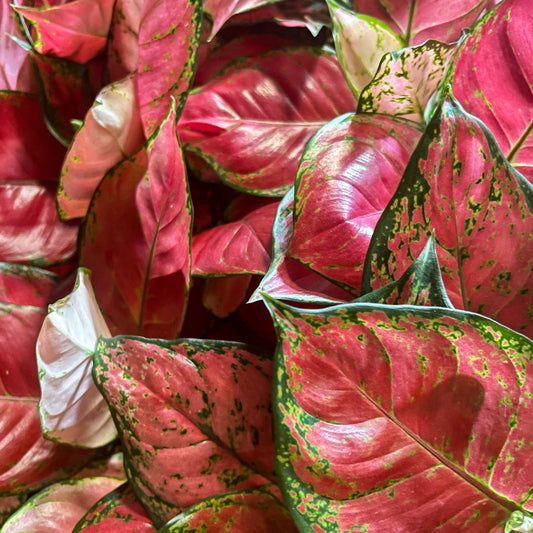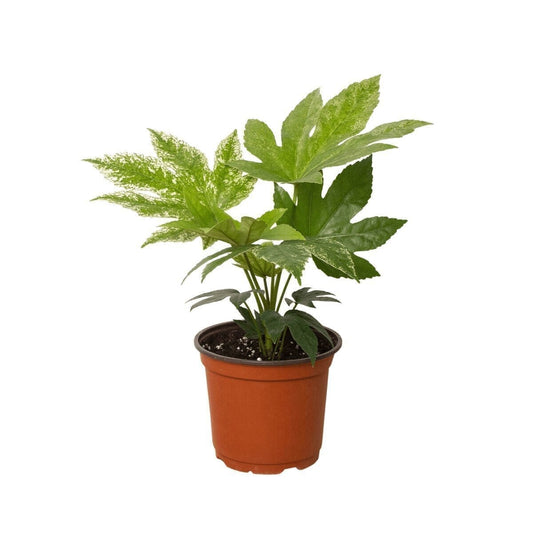



Description
The Philodendron McDowell (Philodendron gloriosum x pastazanum) is a rare hybrid plant known for its large, heart-shaped leaves that display prominent, white veins. This crawling philodendron has velvety leaves that give it an elegant, soft appearance, making it an excellent statement plant for any indoor space. With its bold, large foliage and relatively easy care, the McDowell is a favorite among rare plant collectors.
Key Features:
- Velvety Heart-Shaped Leaves: Large, velvet-textured leaves with prominent white veins add elegance to any space.
- Crawling Habit: Grows horizontally along the ground, making it ideal for wide, shallow planters.
- Rare Hybrid: A sought-after hybrid of Philodendron gloriosum and Philodendron pastazanum.
- Air-Purifying: Helps improve indoor air quality by removing harmful pollutants.
- Pet Caution: Toxic to pets if ingested, so it should be kept out of reach.
Philodendron McDowell Care Guide:
- Light: Prefers bright, indirect light but can tolerate lower light levels. Avoid direct sunlight, which can scorch the leaves.
- Water: Water when the top inch of soil is dry. Ensure that the potting mix drains well to avoid waterlogged roots.
- Soil: Use a well-draining, moisture-retentive soil mix, such as a blend of peat, perlite, and orchid bark.
- Humidity: Thrives in high humidity; use a humidifier or mist regularly to maintain optimal humidity.
- Temperature: Ideal temperature range is 65–80°F (18–27°C).
- Fertilizer: Fertilize monthly during the growing season with a balanced, water-soluble fertilizer.
Shipping
Your plant is freshly packed and shipped directly from the greenhouses within 3 days of your order being placed. Standard delivery typically takes 2 to 5 business days after it leaves the nursery, depending on your location.
Please note that unexpected weather conditions or carrier delays may occasionally impact delivery times. If your plant arrives in less-than-perfect condition, don’t worry—just reach out within 24 hours and we’ll make it right.
Trendy Guarantee
We guarantee your plant arrives fresh, healthy, and ready to thrive. If it shows up damaged or struggling, let us know within 24 hours—we’ll replace it or make it right.
Every order ships straight from the greenhouses with care, and our team is always here for plant care support.
Plant Care Support
New to plants? We’ve got your back. Every plant includes a survival guide, easy care tips, and our team is just a message away for personalized plant care help.
Because your space deserves beautiful, thriving greenery—delivered with peace of mind.
Perfectly Paired
Weekly Best Sellers
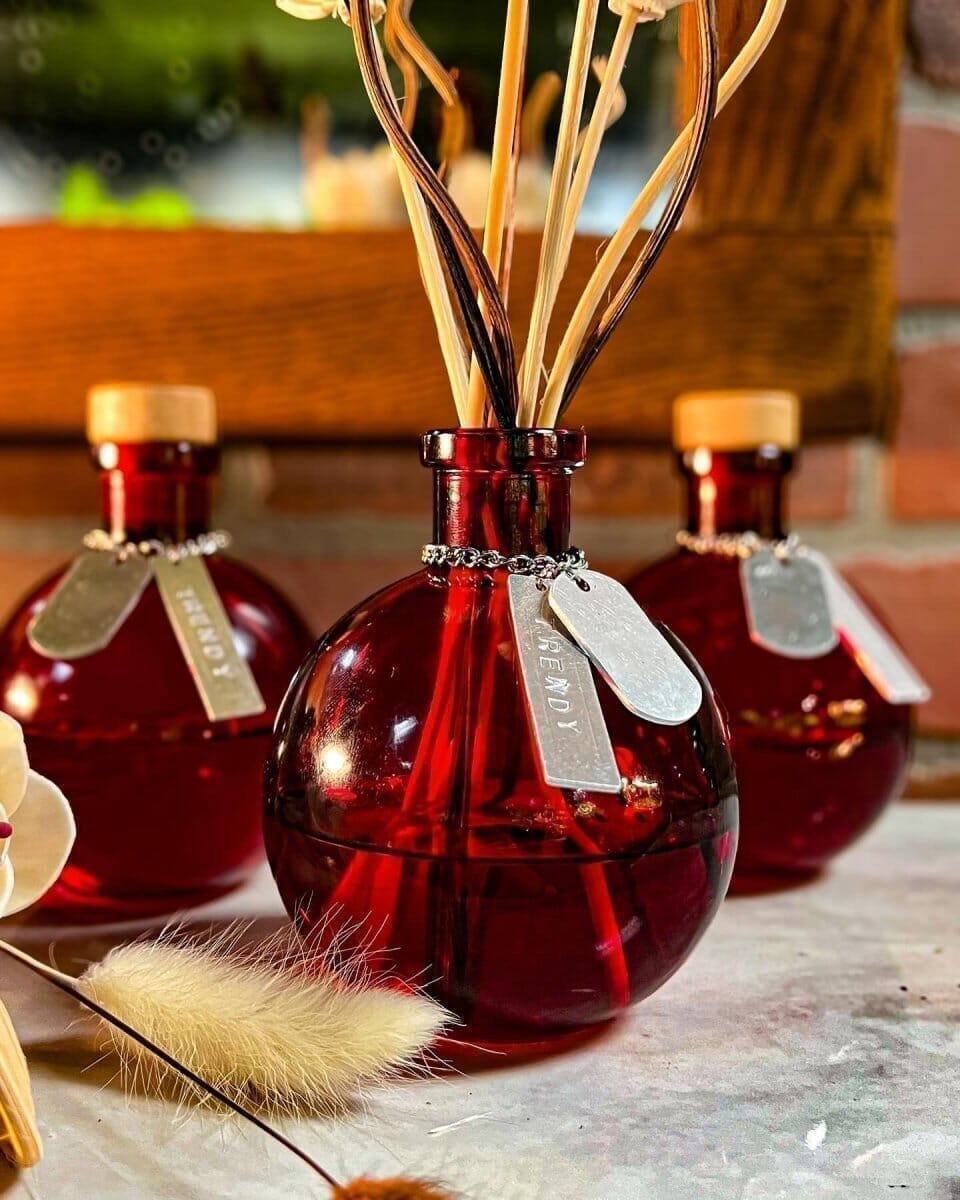
Saffron Reed Diffuser
$45.00
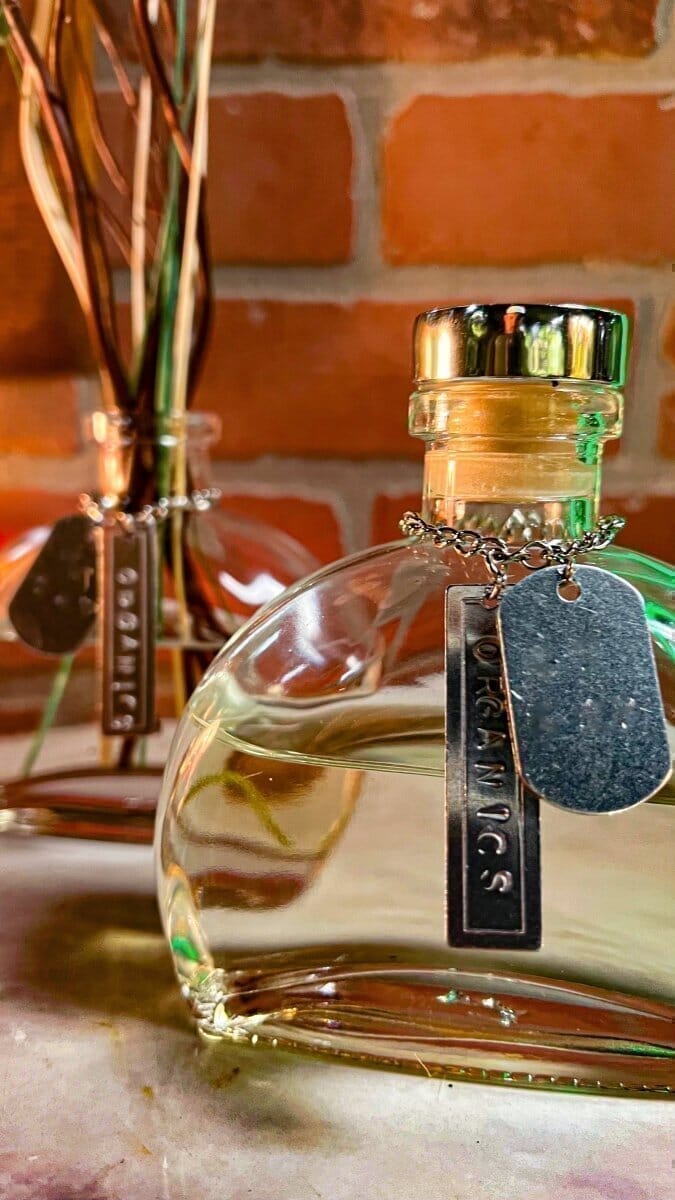
Rose Reed Diffuser
$45.00
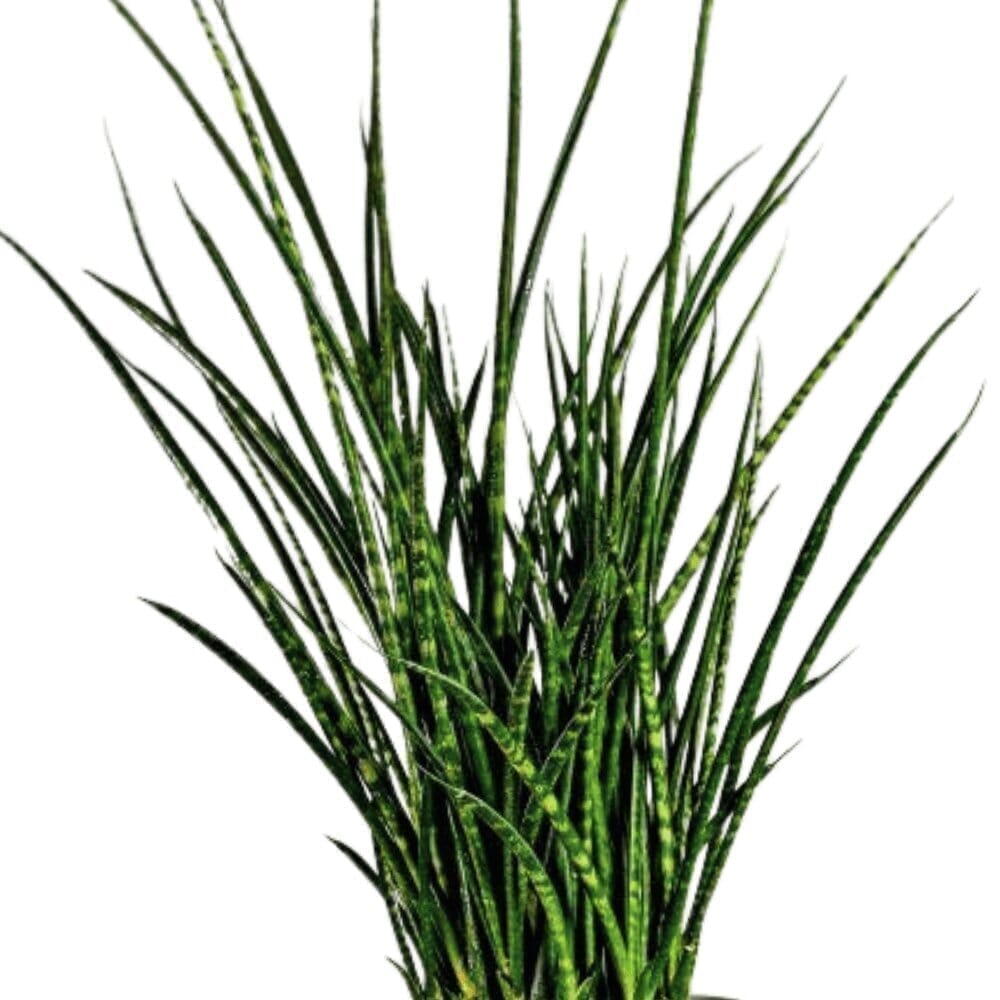
Sansevieria Fernwood Mikado
$57.00
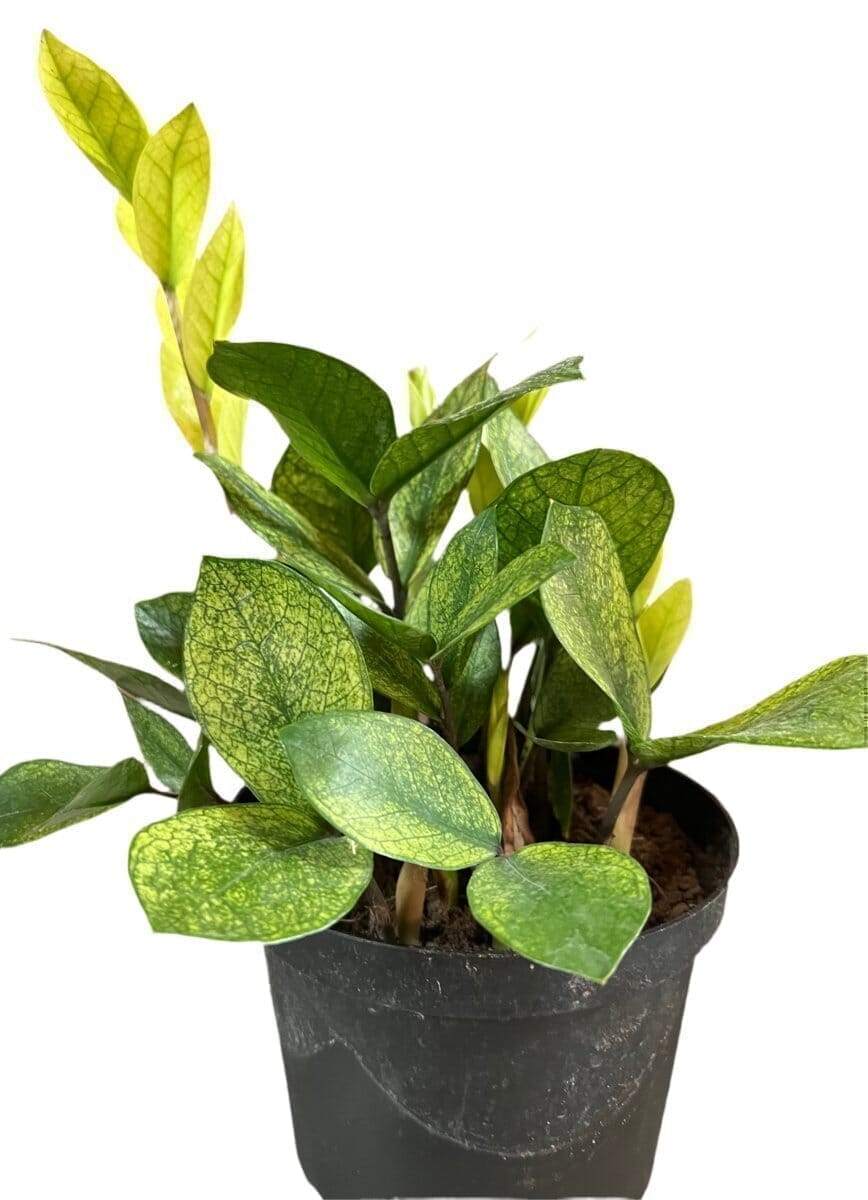
ZZ Chameleon Indoor Plant
$35.00
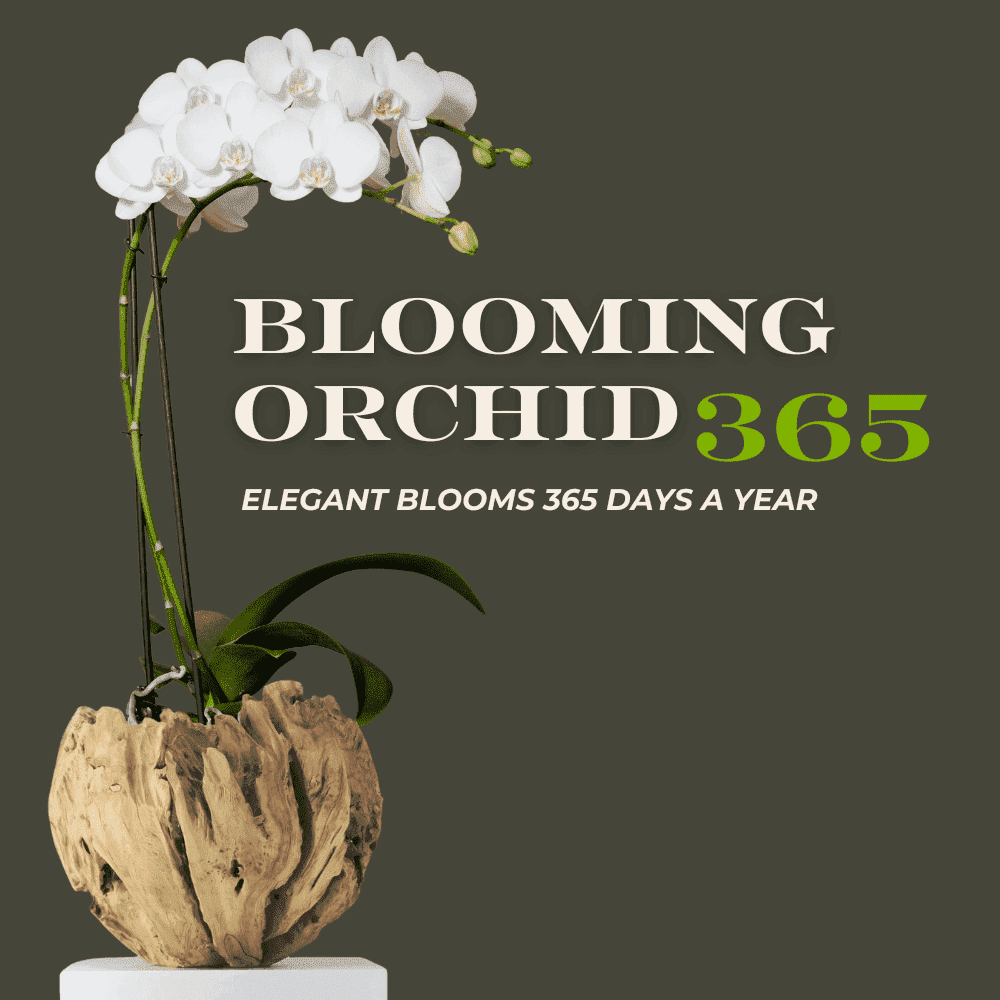
Blooming Orchid 365 Subscription
$255.00
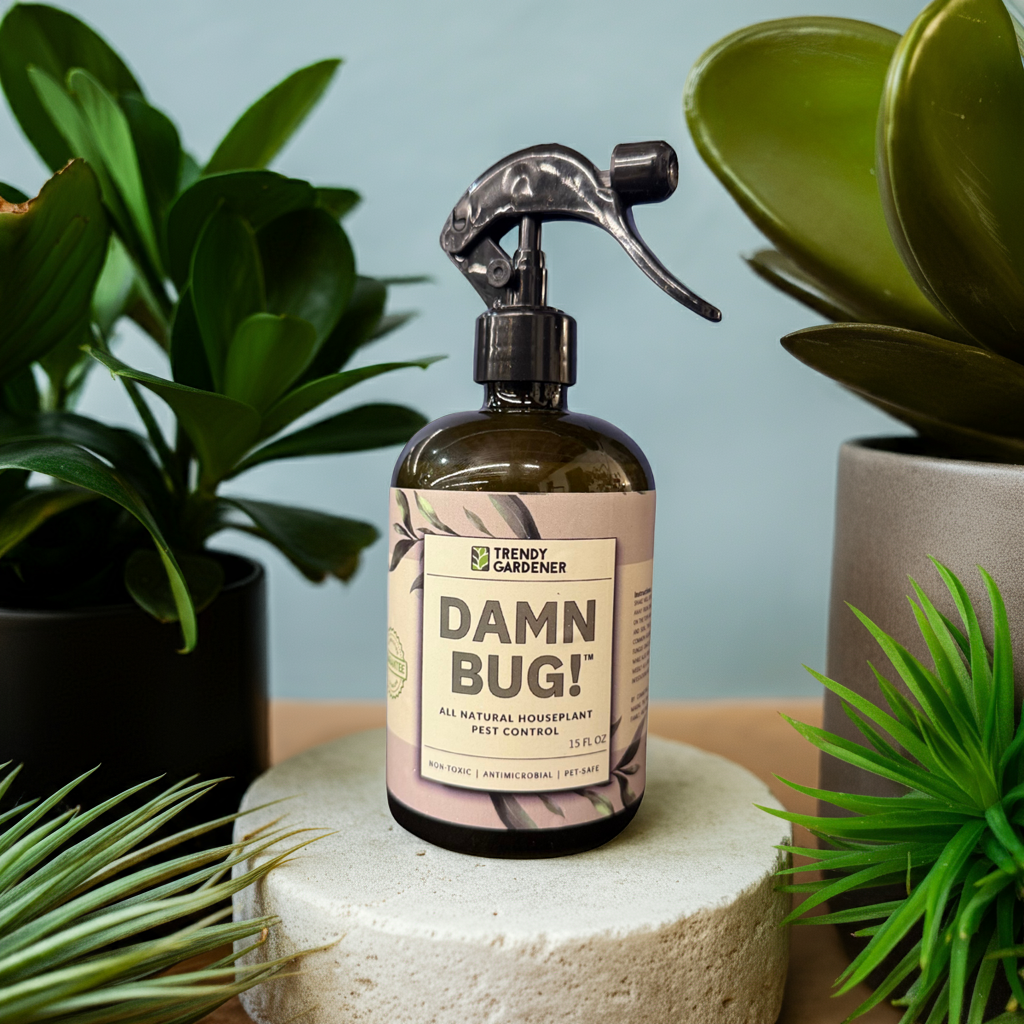
Damn Bug! All Natural Houseplant Pest Control
$39.00
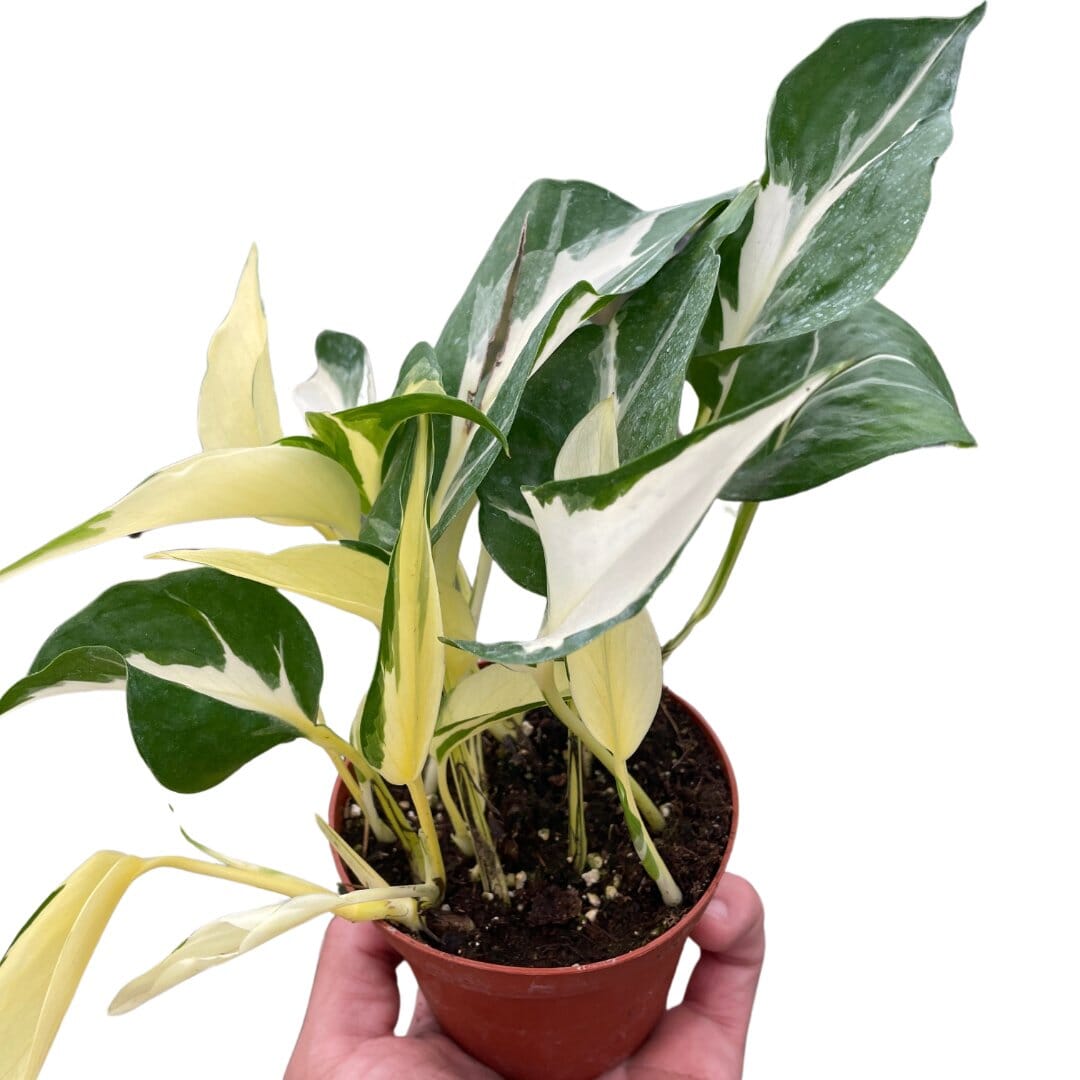
Manjula Pothos
$25.00

Saffron Reed Diffuser
$45.00

Rose Reed Diffuser
$45.00

Sansevieria Fernwood Mikado
$57.00

ZZ Chameleon Indoor Plant
$35.00

Blooming Orchid 365 Subscription
$255.00

Damn Bug! All Natural Houseplant Pest Control
$39.00

Manjula Pothos
$25.00







